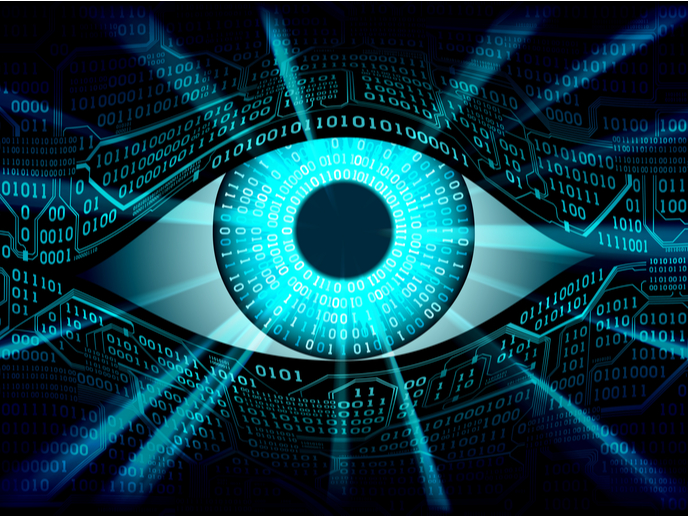Eye-like webcam raises awareness of sensing devices all around us
A scientist from Germany’s Saarland University has developed an anthropomorphic webcam that looks like a human eye. Called Eyecam, the device doesn’t only mimic eye movements very accurately, it can also see and recognise its environment and the people in it. Sound creepy? Maybe. Is it an effective way to make us question the ever-present sensing devices and our relationship with them? Definitely. Developed with support from the EU-funded InteractiveSkin project, Eyecam aims to broaden the debate on sensing technologies to include our emotional response to them and the social and ethical challenges involved. Sensing devices are becoming so commonplace in our daily lives that we’re becoming unaware that they are there and no longer question how they look and behave. “The goal of our project is not to develop a ‘better’ design for cameras, but to spark a discussion. We want to draw attention to the fact that we are surrounded by sensing devices every day. That raises the question of how that affects us,” states Eyecam developer and builder Marc Teyssier of project host Saarland University in a news item(opens in new window) posted on the ‘Neuroscience News & Research’ (NNR) website.
Eyecam components
Eyecam’s design realistically imitates human characteristics and abilities. It has a 3D-printed body fitted with a skin-pigmented silicone layer, human hair implants for the eyebrows and eyelashes, as well as a life-size 3D-printed eyeball with a miniature, high-resolution camera inserted where the pupil would be. Other electronic components include a Raspberry Pi Zero microcomputer (to which the camera is attached) and six servomotors. The motors are mechanically connected to the eyebrows, eyelids and eyeball and can make the eye blink, drive the gaze to move quickly and smoothly between targets, and convey expressions, for example, by raising an eyebrow. They also make it possible for the eyelids to adapt dynamically to eyeball movements: when the camera looks up, the upper eyelid opens widely while the lower eyelid closes. “With ‘Eyecam’ we are exploring the question of whether a technical device should reflect its function in its design,” commented Marion Koelle, a researcher who contributed to the Eyecam study. “There are different ways of seeing, all of which have their own unique connotations, such as observing, recognizing, watching, or even spying. Also, a camera designed as an eye can send nonverbal signals through facial expressions. This opens up a whole new layer of interaction that hasn’t existed in technical devices before,” added Koelle, who is also from Saarland University. Through Eyecam, the research team is asking us to imagine different scenarios and reflect on their implications. Imagine Eyecam waking up on its own and observing every step you take, a recent YouTube video(opens in new window) on Eyecam prompts us. Imagine it always being there … even when you don’t want it to be. Other prompts are even stranger: imagine bonding with Eyecam, or Eyecam becoming emotional. “Our application scenarios are fictional and are intended to encourage people to think about how we interact with technical devices today, but also in the future. What is special is that we can experience and recreate our imagined scenarios with the help of a physically existing prototype,” remarks Dr Teyssier in the NNR article. A paper(opens in new window) describing the InteractiveSkin (InteractiveSkin: Digital Fabrication of Personalized On-Body User Interfaces) project’s Eyecam is available online on Saarland University’s Human-Computer Interaction Lab website. For more information, please see: InteractiveSkin project(opens in new window)



